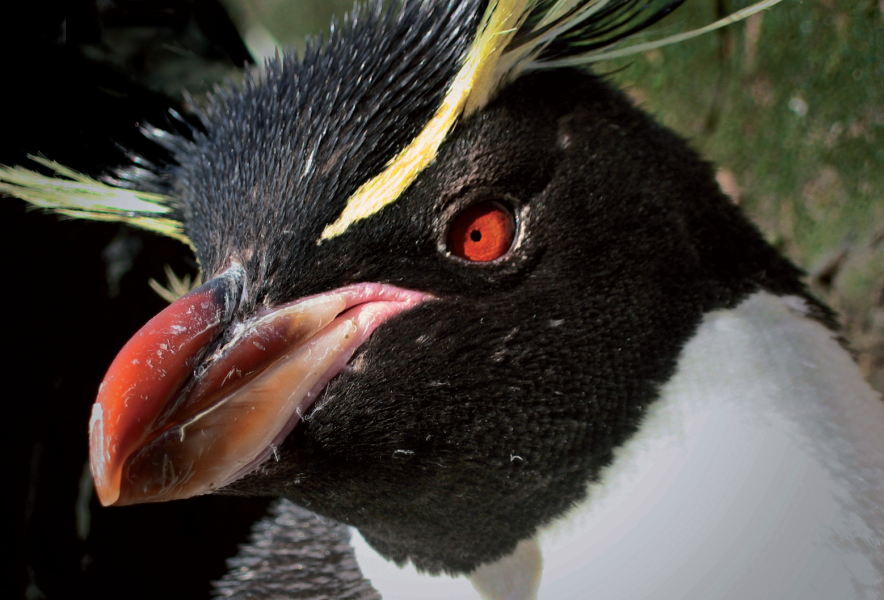Every April, 100,000 rockhopper penguins simply disappear. Nobody knows where they go, but NIWA means to find out. Dr David Thompson will lead a trip to subantarctic Campbell Island in April next year to fit miniature geolocating data loggers to around 80 of the penguins before they vanish for the winter.
Wherever they go, says Thompson, there needs to be plenty of food waiting for them, because the mysterious four-month vacuity is when they build up the physical reserves they need for the rigours of the breeding season, which begins around October.
"That gives them a few months to go exploring," he says, "and they're fast swimmers." He thinks it's likely the birds stay at the same latitude, but disperse widely, feeding and regaining condition.
"It could be a crucial stage in the breeding cycle for them. If they have a bad winter, they'll come back to Campbell Island in poor condition. This stage of the annual cycle is likely to be very significant. To know nothing about where this stage takes place is a crucial gap in our understanding."
Rockhoppers seem to have enough troubles as it is: between 1942 and 1985, their numbers on Campbell crashed by some 94 per cent, from around 800,000 breeding pairs to just 51,000, and they've been in steady further decline ever since.
Thompson says that, while they're unlikely to go extinct anytime soon, "this represents a massive decline." He suspects that something – possibly fluctuating ocean temperature – has affected their food supply.
The team will return to Campbell for the start of the 2013 breeding season to retrieve the data loggers, which should then unlock the mystery once and for all: apart from geographical coordinates, the devices will also record water temperature, which should help confirm the birds' tracks.
The four-kilogram penguins breed in colonies on rocky coasts, either in the open or amongst tussock. Two eggs are laid in a perfunctory nest of stones and grass: the first egg to be laid often hatches after the second, but the chick rarely survives. Luckier chicks fledge in February, and the adults return to sea for the winter after moulting the next month.
The work has been made possible by a grant from the National Geographic Society.


